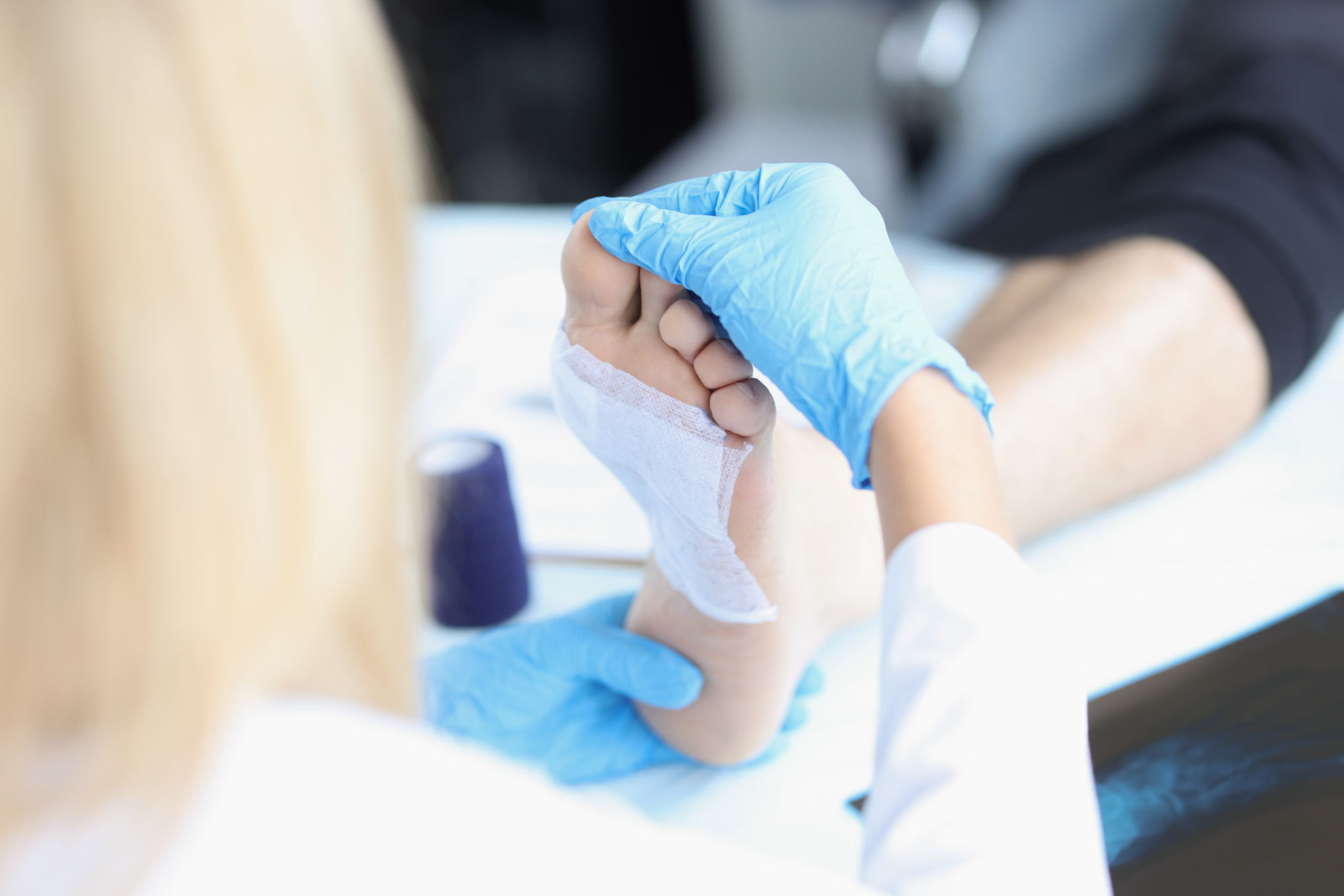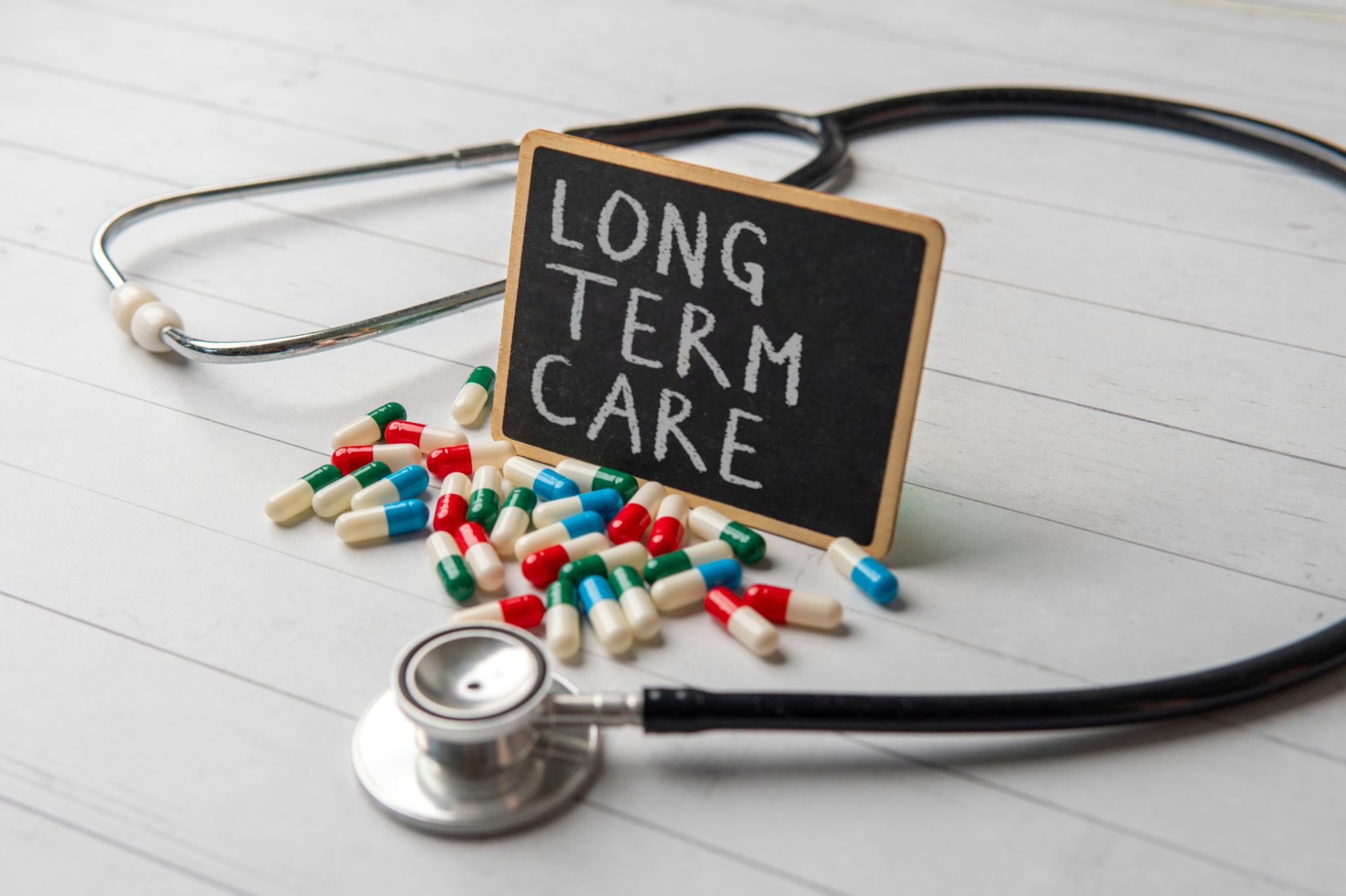How to Care for Your New Piercing: Tips from the Experts
Understanding the Healing Process
Getting a new piercing is exciting, but it's crucial to understand the healing process to ensure it heals correctly. Healing times can vary significantly depending on the type of piercing and your body's unique response. For instance, earlobe piercings typically heal in 6 to 8 weeks, while cartilage piercings can take several months. Understanding these timelines helps set realistic expectations and ensures you’re not prematurely changing jewelry.
During the healing process, it’s normal to experience some redness, swelling, and tenderness. These symptoms usually subside as your body begins to accept the new addition. However, if you notice excessive pain, swelling, or discharge, it’s essential to consult with your piercer or a healthcare professional.

Daily Cleaning Routine
One of the most critical aspects of healing is maintaining a daily cleaning routine. Regular cleaning helps prevent infections and promotes faster healing. Here’s a simple routine to follow:
- Wash your hands thoroughly before touching the piercing.
- Use a saline solution or a piercing aftercare spray to clean the area twice a day.
- Avoid using alcohol or hydrogen peroxide, as these can dry out and irritate the piercing.
- Gently pat the area dry with a clean paper towel.
Following these steps consistently will keep your piercing clean and healthy.
Avoiding Common Irritants
During the healing phase, it's important to avoid common irritants that can disrupt the healing process. Steer clear of pools, hot tubs, and lakes, as these can harbor bacteria that may cause infections. Additionally, try not to sleep on the side of your new piercing to prevent irritation.

It's also advisable to avoid changing your jewelry too soon. Prematurely switching out your jewelry can cause trauma to the piercing site and prolong the healing process.
Signs of Complications
While most piercings heal without issues, it’s vital to recognize signs of complications early. If you notice persistent swelling, severe pain, or green or yellow discharge, these could be signs of an infection. In such cases, seek advice from a professional piercer or a healthcare provider promptly.
Sometimes, piercings can develop keloids or hypertrophic scars. If you suspect an abnormal growth around your piercing, consult with a dermatologist for appropriate treatment options.

Choosing the Right Jewelry
The type of jewelry you choose for your piercing plays a significant role in the healing process. Opt for high-quality materials such as surgical steel, titanium, or gold to minimize allergic reactions and irritation. Avoid nickel-based jewelry, as it can cause allergic reactions in some people.
Size and fit matter too! Ensure your jewelry is neither too tight nor too loose. Ill-fitting jewelry can hinder healing and cause unnecessary pressure on the piercing site.
Maintaining Long-Term Care
Even after your piercing has healed completely, long-term care is essential to maintain its health and appearance. Continue cleaning your jewelry regularly and be cautious when changing it to prevent any potential trauma.
Additionally, be mindful of any changes in your piercing over time. If you ever experience discomfort or suspect an issue with your piercing years later, don’t hesitate to seek professional advice.

